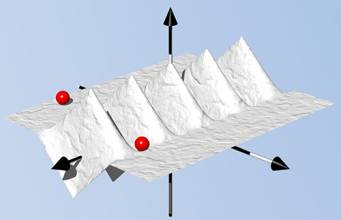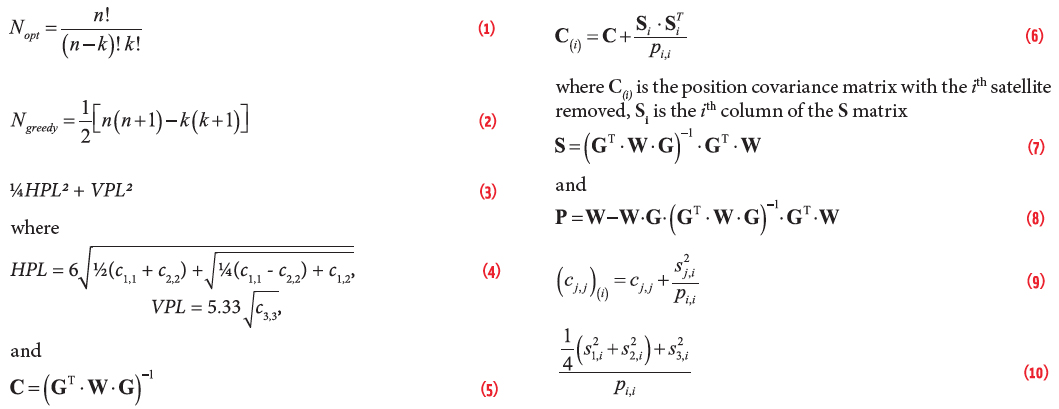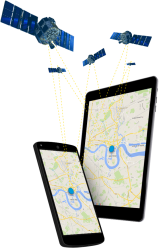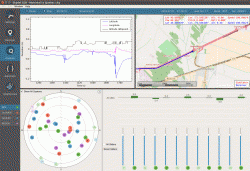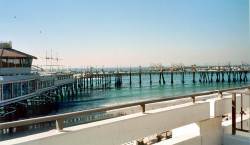11th RIN Baška GNSS Conference
The 11th RIN Baška GNSS Conference will take place May 7 – 9, 2017, in Baška, Krk Island, Croatia, organized jointly by The Royal Institute of Navigation (London, UK), Faculty of Maritime Studies (University of Rijeka, Croatia), and the Faculty of Transport and Traffic Sciences (University of Zagreb, Croatia), with technical co-sponsorship from Beihang University of Aeronautics and Astronautics (Beijing, China).
The abstract deadline is February 6, 2017. Please contact Renato Filjar.
By Inside GNSS

